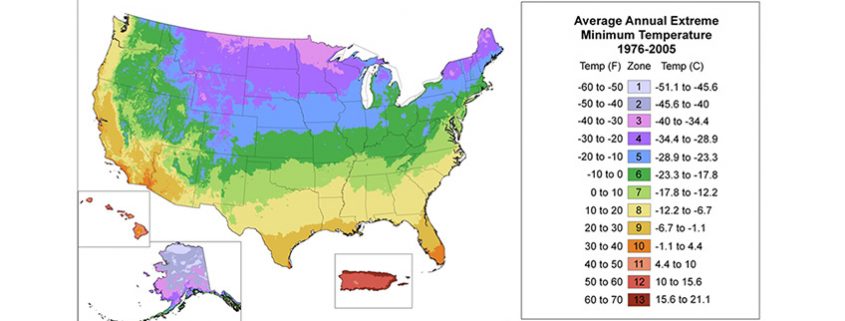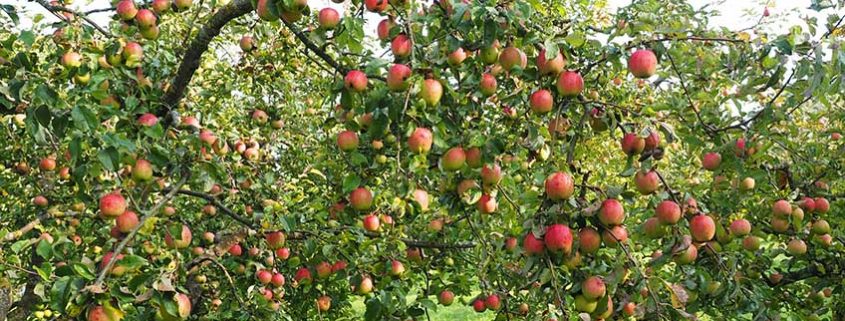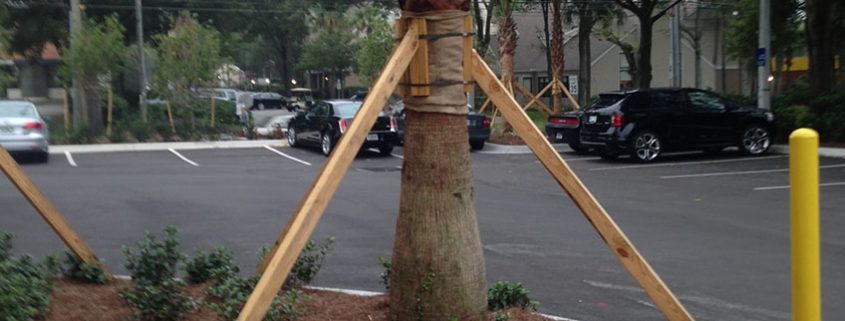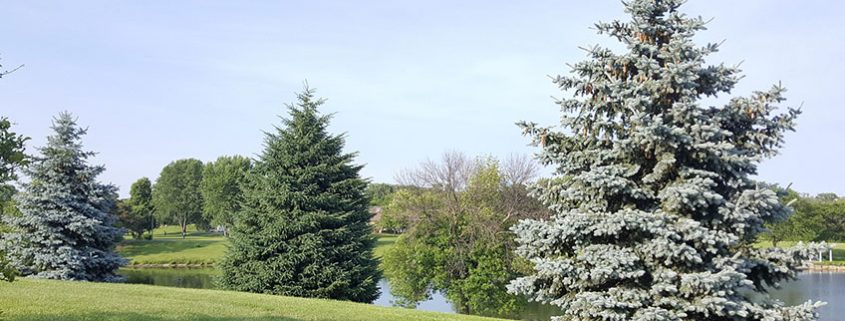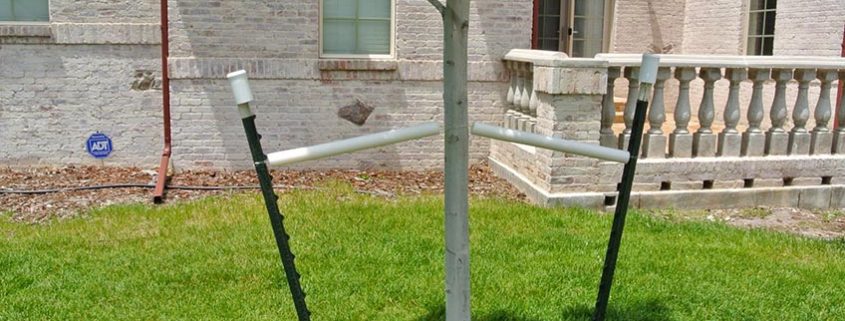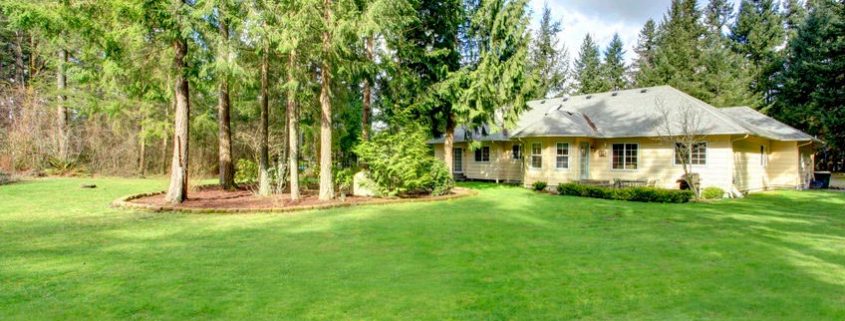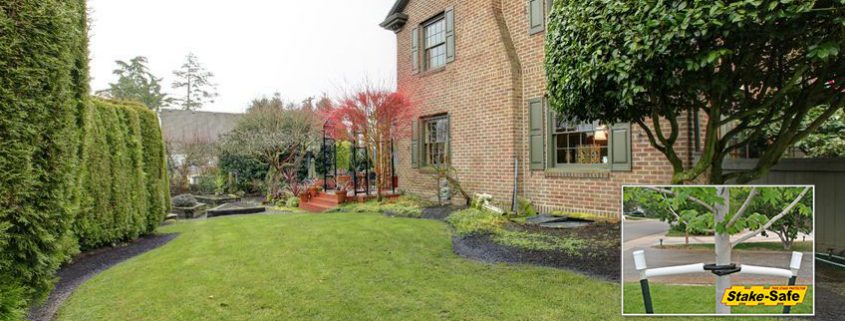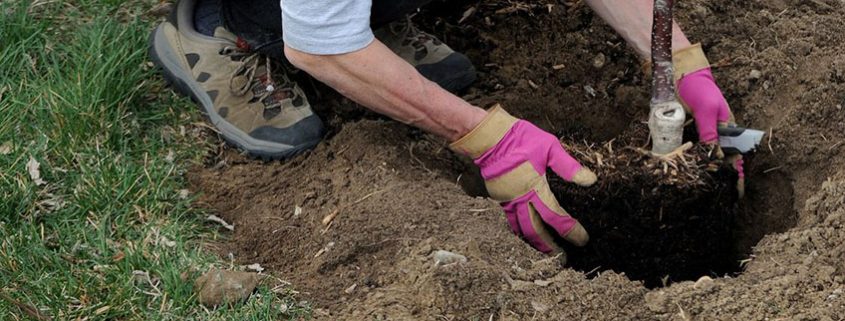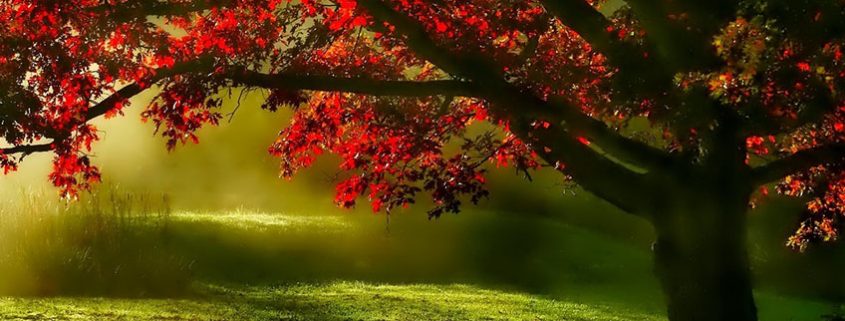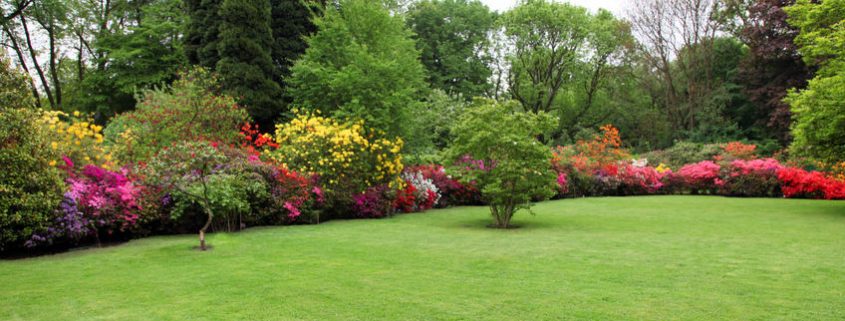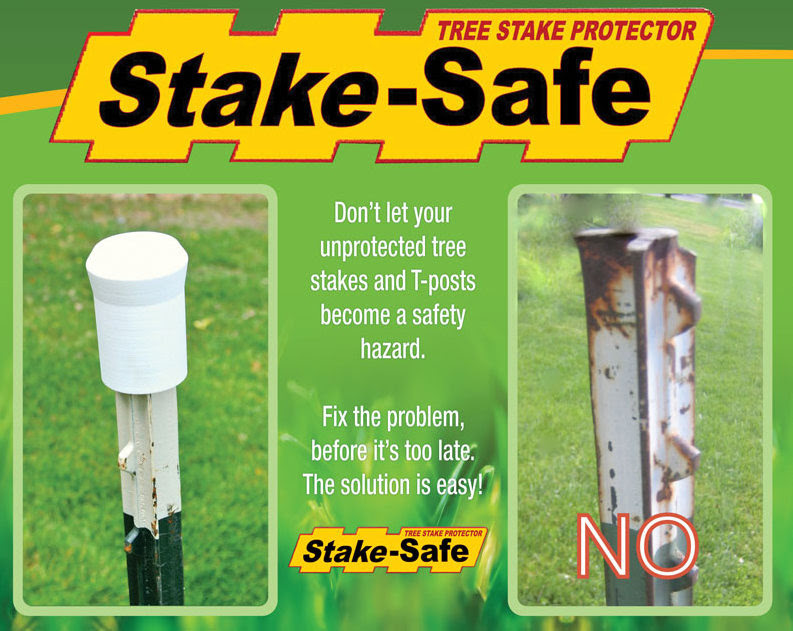https://stakesafe.com/wp-content/uploads/2017/08/Tree-Hardiness-Zones-FL3.jpg
565
848
EricT
http://www.stakesafe.com/wp-content/uploads/2017/03/Logo-560x156.png
EricT2017-08-20 13:16:392017-08-20 13:16:39Tree Planting Zones in the USA | List of Popular Species for Each Zone
https://stakesafe.com/wp-content/uploads/2017/08/Apple-Trees-FL.jpg
565
848
EricT
http://www.stakesafe.com/wp-content/uploads/2017/03/Logo-560x156.png
EricT2017-08-19 12:00:172017-08-19 12:00:17Best Trees for Attracting Deer | How to Plant a Deer Orchard
https://stakesafe.com/wp-content/uploads/2017/08/Palm-Tree-FL.jpg
565
848
EricT
http://www.stakesafe.com/wp-content/uploads/2017/03/Logo-560x156.png
EricT2017-08-12 12:07:112017-08-12 12:07:11Bracing Palm Trees | How to Properly Secure a Newly Planted Palm Tree
https://stakesafe.com/wp-content/uploads/2017/07/Evergreen-Trees-FL.jpg
565
848
EricT
http://www.stakesafe.com/wp-content/uploads/2017/03/Logo-560x156.png
EricT2017-07-23 11:51:472017-07-30 11:53:34Evergreen Trees | Hearty Trees that Stay Green Year Round
https://stakesafe.com/wp-content/uploads/2017/07/How-Many-Tree-Stakes-FL.jpg
565
848
EricT
http://www.stakesafe.com/wp-content/uploads/2017/03/Logo-560x156.png
EricT2017-07-05 05:53:342017-07-17 05:58:32How Many Tree Stakes Should I Use to Secure a Newly Planted Tree
https://stakesafe.com/wp-content/uploads/2017/07/Fast-Growing-Trees-FL.jpg
565
848
EricT
http://www.stakesafe.com/wp-content/uploads/2017/03/Logo-560x156.png
EricT2017-07-01 16:45:092017-07-16 18:20:07Fast Growing Trees | Adding Shade and Privacy to a New Backyard
https://stakesafe.com/wp-content/uploads/2017/05/Privacy-Trees-FL.jpg
565
848
EricT
http://www.stakesafe.com/wp-content/uploads/2017/03/Logo-560x156.png
EricT2017-05-29 11:00:122017-05-29 11:00:12Privacy Trees | Choosing the Best Trees for a Privacy Hedge
https://stakesafe.com/wp-content/uploads/2017/05/Planting-Depth-FL.jpg
565
848
EricT
http://www.stakesafe.com/wp-content/uploads/2017/03/Logo-560x156.png
EricT2017-05-17 21:12:292017-05-17 21:12:29Tree Planting Depth for New Trees | Proper Hole Depth & Width
https://stakesafe.com/wp-content/uploads/2017/05/Landscape-Shade-Trees-FL.jpg
565
848
EricT
http://www.stakesafe.com/wp-content/uploads/2017/03/Logo-560x156.png
EricT2017-05-13 14:11:442017-09-16 15:36:19Best Shade Trees | Choosing the Best Shade Trees for Your Yard
https://stakesafe.com/wp-content/uploads/2017/05/Planting-Flowering-Trees-FL.jpg
565
848
EricT
http://www.stakesafe.com/wp-content/uploads/2017/03/Logo-560x156.png
EricT2017-05-06 13:46:022017-05-17 21:27:56Planting Flowering Trees Will Add Color to Your Yard
Scroll to top

